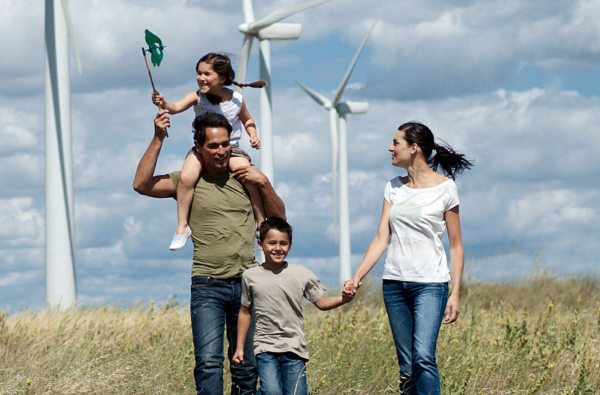Using Pipeline Infrastructure for Hydrogen Hubs, Carbon Grid
November 17, 2021
While many clean energy solutions focus on new technology and infrastructure, one energy leader is re-imaging its existing pipelines to distribute power capacity using a range of renewable energy and clean fuels.
TransCanada Energy, or TC Energy, a leader in energy infrastructure in North America, Canada, and Mexico has made significant commitments to sustainable energy. These include a range of projects using wind, hydrogen, the Carbon Grid, and partnerships– all using its existing pipeline infrastructure.
Moreover, the company has set new ESG and emissions reduction strategies in its newly released 2021 Report on Sustainability and GHG Emissions Reduction Plan. As a leader in energy infrastructure, the TC Energy shift to sustainable energy is key to creating a clean energy domino effect in other Western and global energy companies.
The Energy Transition
With a focus on the global energy transition, here is a brief look at TC Energy projects that are contributing to increasing the capacity for cleaner sources to power our energy needs.
Wind
TC Energy is building a 297-MegaWatt wind farm in Alberta, Canada. Announced as recently as September 2021, the company anticipates an operational wind farm in the province by 2023. The farm will power 164,000 homes on an annual basis, providing 300 jobs in the construction process, and 15-20 jobs permanently at the site.
Hydrogen
This is an area of priority focus for TC Energy and the existing pipeline infrastructure. The firm will use its facilities located throughout the United States and Canada to create a hub system to deliver low-cost and low-carbon hydrogen at scale to heavy-duty electric vehicles. As part of the evolving hydrogen economy, TC Energy has made recent partnership announcements that will help drive hydrogen infrastructure forward.
Grid
One of the most important, and generally overlooked, ways to implement fiscally reasonable renewable energy in infrastructure are grid modifications. This is another of TC’s newer focuses. During the summer of 2021, the company announced plans to utilize its pipeline infrastructure to create a transportation and storage system for CO2. The Carbon Grid is an important transportation and storage solution to lower emissions, specifically in Alberta, Canada.
These sustainable commitments from TC Energy are making a difference in both the energy transition and the low-carbon economy. Today, nearly 75% of TC Energy’s power capacity is emission-less. The firm has committed to reducing GHG emissions intensity from its operations 30% by 2030; and is positioned to achieve zero emissions from operations, on a net basis, by 2050.
Looking Ahead: Hydrogen Economy
Companies that are embedded in the energy business are essential to the success of the global energy transition. In the case of TC Energy, the pipelines are built and necessary, irrespective of the technology being used. To be sure, sustainability is a driving force within the company, helping to shape its role in the global energy transition.
The hydrogen economy is a featured theme for the 2022 UNC Cleantech Summit (March 29-30) where Corey Hesson, TC Energy Senior Vice President of Power and Storage will share a keynote about the firms’ role in the clean energy economy.
Learn more about the topics and speakers lined up for the upcoming 2022 UNC Cleantech Summit.
